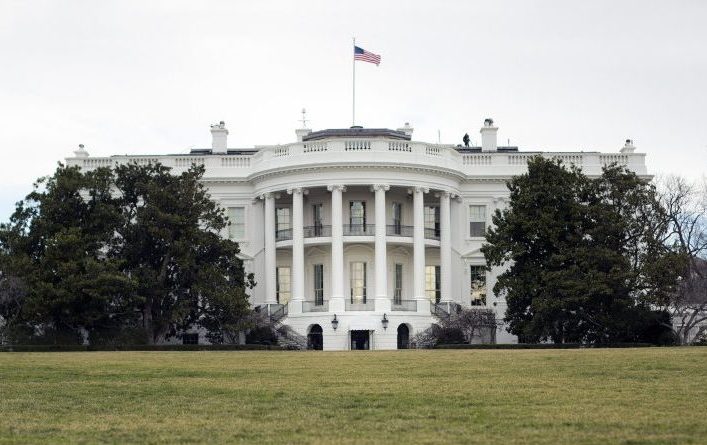Abraham Lincoln saved the Union. George Washington was the father of his country. Franklin D. Roosevelt marshaled the power of the federal government to rescue a nation from economic depression and sent it off to war.
That’s why historians consistently rank them as our top three presidents. A recent survey of historians by C-SPAN is no different.
The ranking at the bottom are also consistent.
New Hampshire’s pro-slavery Democrat Franklin Pierce (41st) has not seen his reputation improve over time. Neither has Lincoln’s successor, Andrew Johnson (42nd), who was impeached for interfering with congressional attempts to protect the rights of former slaves in early days of the Reconstruction. And the perennial last-place finisher, James Buchanan, failed to keep the country from falling into civil war, which is why he’s 43rd out of 43 on the list.
We remember them all on Presidents Day, including the current inhabitant of the White House, Donald Trump. It’s far too soon to know where he’ll end up in the rankings between Lincoln and Buchanan, but the perspective of the historians is good to keep in mind during what looks like a period of upheaval.
One thing worth noting is that, for most of us now living, the idea of the presidency was formed during what the historians consider the “golden age” of the office, from 1933 to 1969.
The five presidents in that period – Franklin Roosevelt, Harry S. Truman, Dwight D. Eisenhower, John F. Kennedy and Lyndon B. Johnson – all make it into the top 10. One more top 10 president, Ronald Reagan, was elected just about a decade later. We would likely have a very different expectation for the office if we all had been alive in the days of Rutherford B. Hayes (32nd, according to the historians), Chester A. Arthur (35th) or Warren G. Harding (40th).
Since the 1930s, we have seen more power concentrated in the hands of the executive, and the results have not always been good for the country.
Congress has not declared war since 1941, although American troops have been sent to battle in every decade since. Recently, Barack Obama (ranked 12th in the latest survey) used executive orders to achieve policy goals denied him by Congress. Now we see President Trump undoing those orders while issuing his own, while apparently ignoring a legislative agenda.
We have also seen other institutions rise up and stop a president when his use of power goes too far. The Supreme Court overturned key parts of Roosevelt’s agenda, and when he responded by trying to pack the court with friendlier judges, the Senate stood in his way, effectively ending the New Deal.
When the administration of Richard Nixon (28th on the list) was found abusing the power of the government to spy on and sabotage political “enemies,” the courts, Congress and the free press took actions that forced him to resign.
We will see whether the Trump presidency is one in which more power is consolidated in the executive branch, or if other institutions regain the authority they used to have. When it comes to the checks and balances of our government, change is the only constant.
Send questions/comments to the editors.


